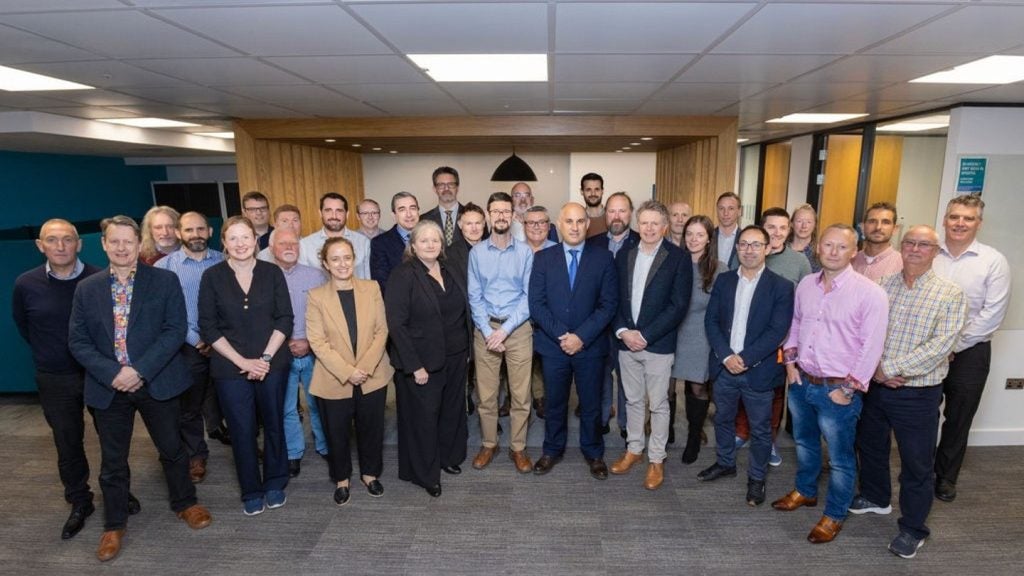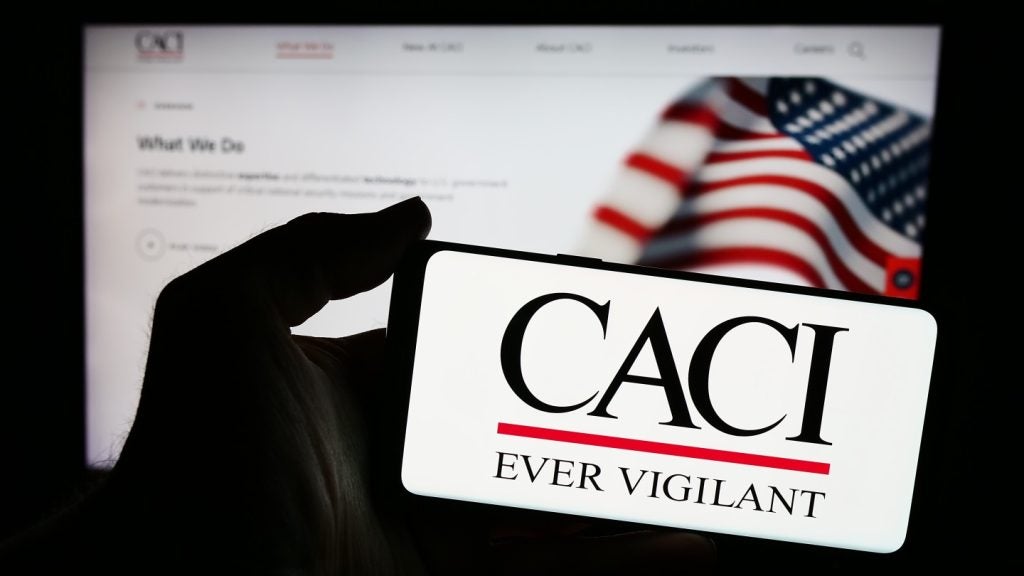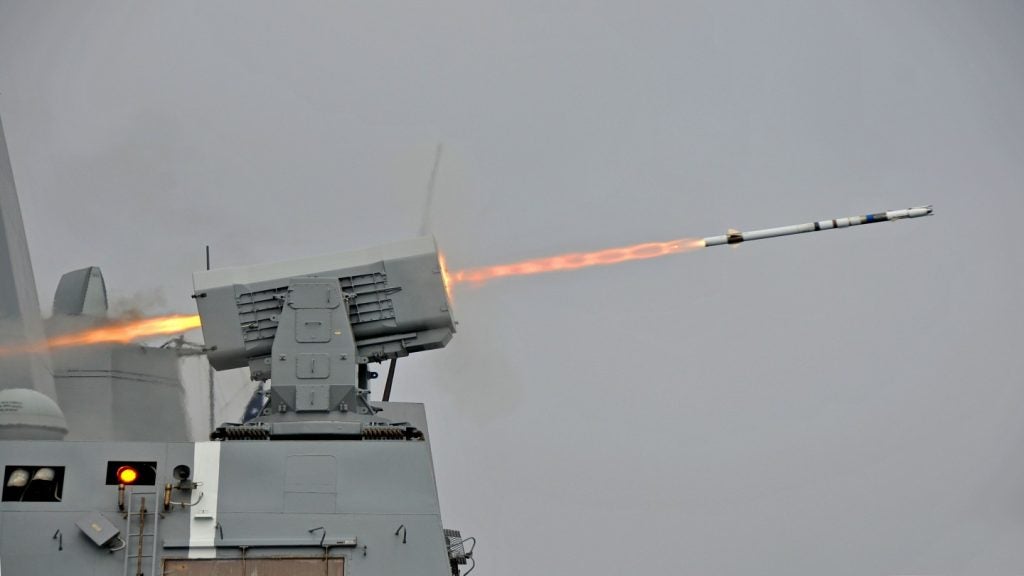The Indian Navy has carried out a series of tests in order to assess the deck landing capability of its indigenously made light combat aircraft (LCA), Tejas, at a shore-based test facility at INS Hansa in the state of Goa.
According to Hindustan Aeronautics Limited (HAL), the LCA Naval Prototype 2 (NP2) successfully executed the first contact of the arrestor hook system (AHS) with arresting wire at ‘moderate’ taxi-in speeds.
The completion of the taxi-in engagement means India now joins the select group of countries that are capable of carrying out the deck landing of a fighter jet, which also includes the US, Russia and China.
The exercise was conducted under the supervision of the landing signal officer commodore Maolankar and test director group captain Kabadwal.
In a statement, HAL chairman and managing director Suvarna Raju said: “This is the first of a series of engagement planned at proving the arrestor hook capability.”
HAL noted that its design branch, Aircraft Research and Design Centre (ARDC), originally developed the AHS for ship deck operations on-board the naval version of the LCA.
How well do you really know your competitors?
Access the most comprehensive Company Profiles on the market, powered by GlobalData. Save hours of research. Gain competitive edge.

Thank you!
Your download email will arrive shortly
Not ready to buy yet? Download a free sample
We are confident about the unique quality of our Company Profiles. However, we want you to make the most beneficial decision for your business, so we offer a free sample that you can download by submitting the below form
By GlobalDataThe system was subsequently integrated with the LCA NP2.
The Indian Navy is now set to conduct carrier compatibility trials (CCT) on the aircraft using shore-based test facilities, which have been built at the naval base in Goa.
A series of extensive shore-based tests are expected to be carried out prior to embarking on the vessel’s actual deck.
These tests are considered a significant step towards the completion of the LCA’s CCT trials.
HAL worked in collaboration with the Aeronautical Development Agency (ADA), Center for Military Airworthiness & Certification (CEMILAC), Regional Director Aeronautical Quality Assurance (RDAQA), the Indian Navy and National Flight Test Centre (NFTC) to carry out the execution of the hook-wire system.







